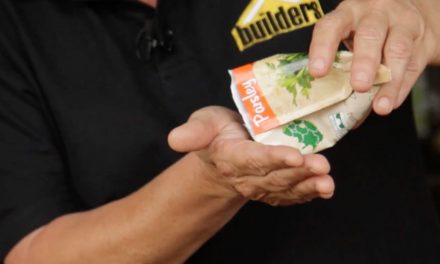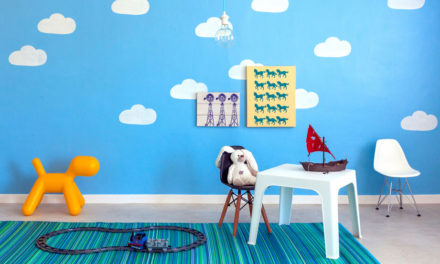Tiled floors are durable, easy to clean and a great way of brightening a room, especially in “wet” areas.
Remember these four things:
- Measure your room, taking into account any recesses for windows, arches and fireplaces that will add to the floor space and any built-in cupboards that will reduce it.
- Calculate how many tiles you’ll need and add a percentage for “waste”.When tiling on the diagonal add 15 percent, but for simple designs add 10 percent. Rather overestimate, especially if it is your first tiling project.
- You will want 6 – 12 extra tiles to keep at the end of your project so you’ll have some with which to fix cracked or broken tiles in the future. If you have chosen a particular colour grout, keep some of that, too.
- To make your bathroom tiles more aesthetically interesting, you can choose tiles of unusual shape and size to create different patterns. Combining different sizes in one space (whether grouped together by size or laid out in one stretch) is a great visual option. Oddly shaped mosaics are another option. By mixing patterns in unexpected ways, a modern accent can, for example, offset an otherwise traditional bathroom.
How to calculate what you will need
Calculate the area you are going to tile by measuring the height and width of your wall (or the length and width of your floor) and multiplying the two measurements together. Total up all the areas to be covered by the same kind of tiles and add 10 percent for breakages (you may need more if you are going to lay the tiles in a pattern). Divide the total by the area each box of tiles will cover to get how many boxes you will need.
For example:
Wall one:
912 mm x 1500 mm = 1 368 000 mmÇ (1.368 mÇ)
Wall two:
2900 x 1500 mm = 4 350 000 mmÇ (4.35 mÇ)
4.35 + 1.368 = 5.718 mÇ (total area)
5.718 mÇ + 0.5718 (10%) = 6.2898 mÇ
6.2898 ÷ 1.2 (mÇ coverage of each box of tiles) = 5.2 boxes (so you will have to buy 6 boxes).
Calculate how much trim you will need by measuring the total length, both horizontally and vertically, it has to cover.
If you’ve decided on a complex pattern, then calculating exactly what you will need is going to require a lot more careful measuring. The Builders’ team is more than willing to help, so pop in for a chat.










